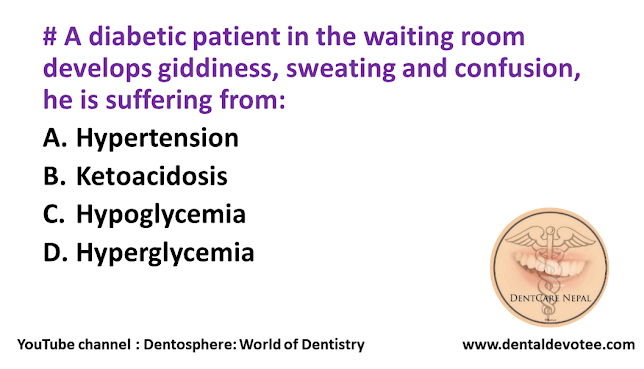# Dentigerous cyst is likely to cause:
A. Ameloblastoma
B. Fibrosarcoma
C. Adenocarcinoma
D. All of the above
Several relatively serious potential complications exist stemming from the dentigerous cyst, besides simply the possibility of recurrence following incomplete surgical removal. These include:
The development of an ameloblastoma either from the lining epithelium or from rests of odontogenic epithelium in the wall of the cyst.
The development of epidermoid carcinoma from the same two sources of epithelium.
The development of a mucoepidermoid carcinoma, basically a malignant salivary gland tumor, from the lining epithelium of the dentigerous cyst which contains mucus secreting cells, or at least cells with this potential, most commonly seen in dentigerous cysts associated with impacted mandibular third molars.







